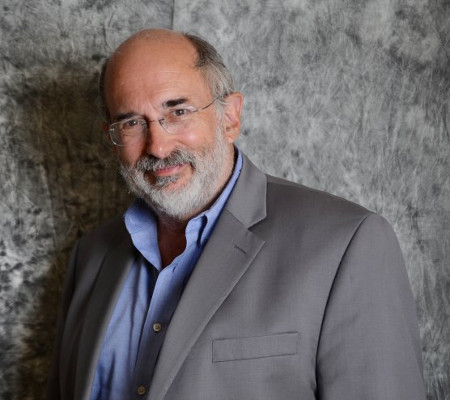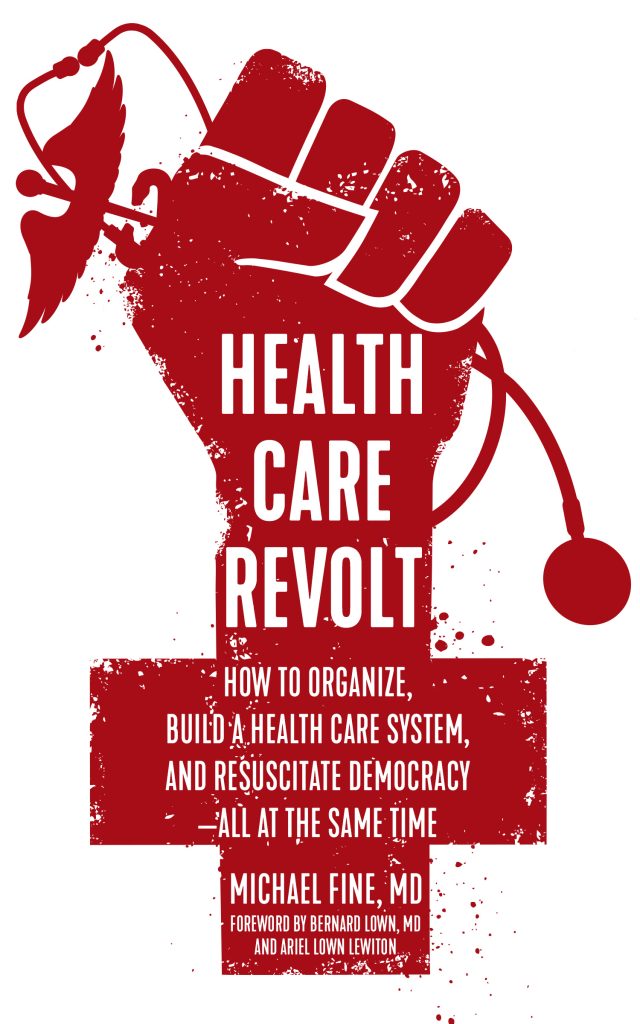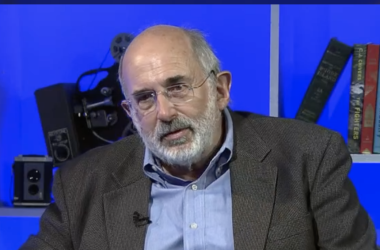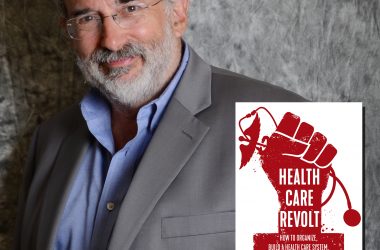By Michael Fine
What’s Crazy In Health Care Today By Michael Fine © 2023 by Michael Fine In the United States, we have a health care market, not a health care system that provides the same set of essential services to all Americans. We’ve all gotten used to that – it makes for health care that is confusing and impersonal. But most of us can’t figure out to change it, so we suck it up and take what is dished out, and are grateful that emergency rooms exist to pick up the slack, so that most of us don’t die from trivial injuries or dread diseases, most of thre time. Most of us ignore a number of painful truths – that most other developed nations get health care for half of what we pay, that people in those nations live four to six years longer than most Americans, that fewer babies die in their first year of life and fewer mothers die in childbirth in those other nations, and that few places have the kind of huge differences in longevity and infant and maternal mortality on the basis of race that Americans experience. That said, there are zillions of crazy things that happen in health care, just because we have a market that is twisted, byzantine, and focused on profit instead on improving the health of the population. I hear about some of the crazy stuff, and experience some myself. In theory, I’ve been involved in health care for nearly fifty years and know the health care market pretty well — I’m should know how it’s supposed to work. So I thought I’d use this column to reflect on the crazy stuff I hear about, and reflect on what this is all costing us, just to let you know that when you run up against something that just doesn’t make sense in health care, it’s the health care that’s crazy, not you; and in part, in the distant hope these reflections might encourage others to start to question what we’ve accepted as inevitable, so that we begin to talk to one another, and then work together to build a health care system that is for people not for profit and that starts by providing primary care to all Americans, in every neighborhood and community. Ewe Reinert, the great Princeton health economist, was fond of saying that the cost of health care in the US was a result of our prices – that we charge more for everything, so everything costs more. I think the cost of health care in the US is more complicated than that. I think health care costs so much because we offer the most expensive services to people who don’t always need them, and at the wrong time – after disease and injury could have been prevented. It is important to have affordable services in every community – but we don’t do that. Instead people wait until they get really sick, and because there are no other options for them, go to expensive emergency rooms in expensive hospitals where physicians who don’t know you order lots of expensive tests to protect themselves in case they are missing something rare. But prices do matter. And they really are crazy. Here’s one Rhode Island example. I have a Medical Savings Account for Medicare (from a company called Lasso, believe it or now – talk about being all tied up in knots). I get $2000 deposited into a medical savings account by the company. Then I use it or my own money to pay for any medical expense up to $5000. No other copays. No other deductible. No limited networks. No Mommy-May-I referrals or approval. So I pay for the first $5000 of my medical expense each year out of my own pocket. Which makes me pay attention to price. I had a physical in January. At the physical in January, my clinician ordered some very basic blood work. Because I have a Medical Savings Account and I was spending my own money, I called around to find out what the labs would cost. ASnd Here’s what I found.: At the Lifespan Lab, which is located at the community health center and pays them rent. $418. Even though CHCs are there to take care of the poor and underserved. And Lifespan is a private not for profit corporation, but one that like many hospitals, pays there senior executives millions of dollars a year. At East Side Lab, at a different site, one I’d have to drive a couple of blocks to, $158. I paid $80 to a contractor that uses Quest Lab. Quest itself in Rhode Island was a little more expensive that East Side. But there contractors, who appear to exist only because Quest can’t offer lower prices without getting into trouble with the fraud and abuse gods of Medicare, aren’t allowed to operate in RI, so I had the blood drawn when I was in Philadelphia visiting my son. The phlebotomist for Quest told me that if I had shopped it a little harder, I would have found another contractor who does this for $28. But not in Rhode Island. So there we have it. A lab owned by Lifespan, which is private not-for profit corporation (but pays it’s senior executives millions of dollars a year anyway) that rents space at a community health center, publicly funded to provide care to the un and underinsured, charges something like twenty times the lowest available price. Though you have to go out of state to get that price. And you have to know how to look and where to look to find that price. But it reflects the actual cost of the test, which is seven to twenty times what most people or their insurance companies or Medicare itself gets charged. And everything in this process – labs, hospitals, community health centers, is paid for or regulated by state or federal government. The questions I’m left with are these: what the heck are we doing? For whom? And why? |








